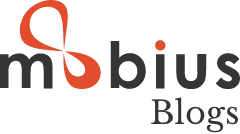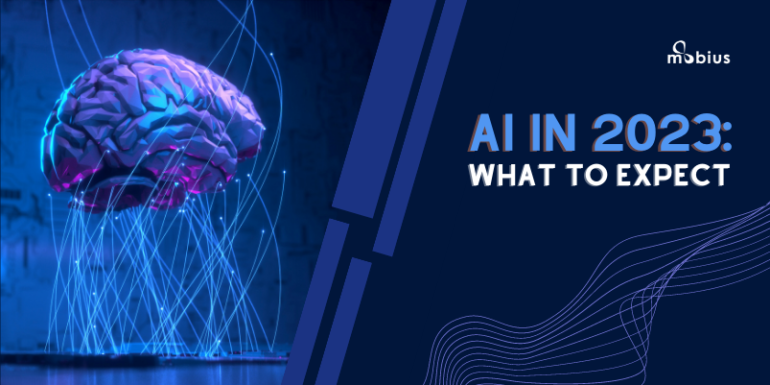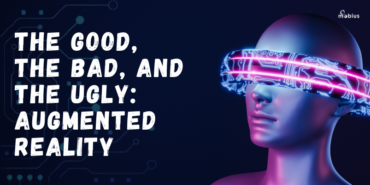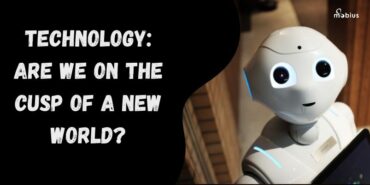After helping the British encrypt the Nazi system and win World War II, Alan Turing once again altered history with his question: “Can machines think?”. The Turing Test that followed his 1950 publication “Computing Machines and Intelligence” established Artificial Intelligence’s core purpose and direction. This research aimed to simulate human intellect in machines. Since then, a lot of conversations and inquiries have been spurred by this purpose. In fact, there isn’t a single, globally recognized definition of the field.
Understanding AI
Simply putting words together to define AI does no justice to its work. The main issue with having the goal of “creating intelligent machines” as the only AI objective is that it doesn’t describe AI or what a smart computer is. Although the multidisciplinary science of AI can be approached from many different angles, developments in machine learning and deep learning are leading to fundamental changes in practically all facets of the technology sector.
A tremendous amount of progress has been made in artificial intelligence over the past ten years. The sector saw unprecedented acceptance, funding, and innovation in 2022, a great year for artificial intelligence. After 2022, AI has developed into one of the sectors with the quickest growth rate, and it is still increasing exponentially.
AI trends to watch out for
In the previous five years, the application of AI in business has increased by double. Particularly well-researched areas included computer vision, automation of natural language, and robotic process automation. Even if there is still economic uncertainty, funding in this area is still increasing. The first half of 2022 saw a significant decline in venture-capital investment in artificial intelligence and many other digital industries. But in the end, OpenAI’s AI art generator DALL-E 2 and its chatbot ChatGPT started a widespread AI craze, with people globally wanting to generate their creations.
Rapid standardization of AI research and technology
Until recently, giants like Google, IBM, Microsoft, and Amazon virtually controlled the field of artificial intelligence. Smaller companies or individuals could not participate in developing this technology due to its high cost and complexity. Yet during the past few years, an open-source movement has swept through the entire IT sector, democratizing artificial intelligence. Google Colab is one such open-source program with powerful graphics processing units (GPUs) that allows users to construct intricate neural network models online, which most local systems do not have. To combat this, Google Colab started offering open access to their hardware so anyone with a Gmail account could create AI models.
One of the most notable businesses in the United States is OpenAI, which began as a non-profit research facility but has since developed into a $29 billion digital titan. In the meantime, Jasper, an open-source AI copywriter, recently attracted investors after raising $125 million and reaching a unicorn valuation. Other tools, such as Frase.io, Copy.ai, and Semrush, are also key players in this industry, contributing a large hand to the market. The huge gap that once stopped newer and smaller AI companies is now diminishing and making way for a surge in innovation.
Generative AI accelerating its game
One of the most popular subfields in the AI sector is generative AI, and the most recent leader in this field is OpenAI’s ChatGPT. The company’s GPT-3 platform is a family of AI-powered big language models that make up the chatbot. The chatbot is a sleeker, more refined version of this platform. The capacity of ChatGPT to produce natural language has now advanced artificial intelligence’s capabilities beyond what was previously believed to be feasible.
Regarding public awareness, 2022 will go down in history with generative AI. The largest improvement in the previous year is the productization of things like ChatGPT, making it genuinely useful for people to realize what all this growth means.
Intensified AI industry regulation
When it comes to industrial adoption, 2023 will be the year when AI really takes off. With little to no particular government regulation or legislation governing its development and usage, the artificial intelligence business has been like the Wild West for years. But, this is starting to alter. Frameworks for increased AI regulation are being developed by governments all around the world.
From US President Joe Biden unveiling the Artificial Intelligence Bill of Rights to the European Union increasing its efforts to regulate AI, multiple amendments and discussions have been taking place to make AI more accessible and safe. But there are a lot of mishaps involved. Artists worldwide are already claiming that various AI tools have violated copyright laws by using content without their permission. Yet, in the future, the worldwide attempt to govern AI will inevitably impact how new technology is created, marketed, and utilized, increasing the transparency of both the old and new systems.
Extended focus on explainable AI
Although artificial intelligence has advanced significantly in recent years, the models that are currently in use are not well understood. Even AI researchers and programmers may fail to fully comprehend why their inventions act in certain ways, leaving it open to widespread discrimination and abuse. Almost every aspect of society, including the criminal justice system, social services, and the healthcare system, has experienced the distress that biased algorithms may bring about.
The issue of AI bias and fairness has become a legitimate concern for everyone as the technology’s widespread adoption continues to increase and becomes a crucial component of everyday life. Due to this, the branch of study known as explainable AI (XAI) has grown. This allows human users to understand and trust machine learning algorithms’ output and outcomes. XAI contributes to defining model correctness, fairness, transparency, and outcomes in AI-supported decision-making.
In this area of research, researchers utilize mathematical tools to analyze the patterns in AI models and make inferences about how they make decisions. There are many examples of how explainable AI will eradicate AI bias, but the most critical areas are the healthcare, manufacturing, finance, and automotive industries. For instance, explainable AI, when applied to autonomous vehicles, boosts situational awareness in the event of an accident or other unforeseen circumstance, typically resulting in more responsible technology use.
Increased cooperation between humans and AI
It is tempting to speculate about how much longer we have before robots take over our employment in a world where AI-enabled computers can produce screenplays, create works of art that have won awards, and even diagnose medical conditions. While blue-collar occupations in manufacturing, customer service, and other industries have long been threatened by automation, the most recent developments in AI threaten to upend all kinds of professions, from lawyers to journalists.
But this fear of losing one’s job to a robot has largely been exploited. We must understand the very basic purpose of this sector. The field of AI is currently viewed as one of research. Even cutting-edge skills like speech recognition and natural language production still have a long way to reach the stage of actual intelligence. As a result, it replacing human intelligence is a far-fetched vision, considering the current stance.
However, 2023 will mark a year of growing collaboration between people and their computer counterparts as businesses continue to embrace artificial intelligence. Many designers are genuinely embracing this new technology to aid in everything from character design to concept research, although AI-generated art has drawn some criticism from the design and art world. Thus, the forthcoming years may bring more and better collaboration between humans and AI.
Conclusion
It appears that the time has come to decide what role this intelligent technology will play in society and humanity. AI is altering everything from work to combat and pushing the boundaries of what is thought to be possible, but it is also driving mankind to examine its definitions of what it means to be intelligent and creative. How long until something that is supposed to be helping us starts to hurt us? We may never know.






